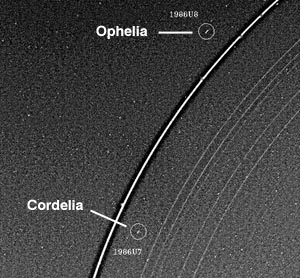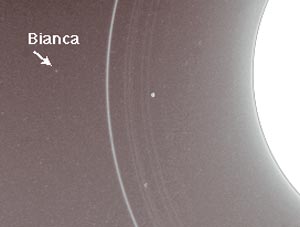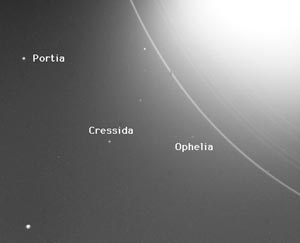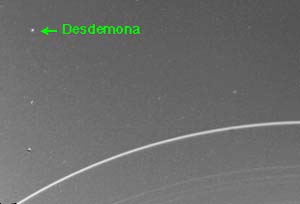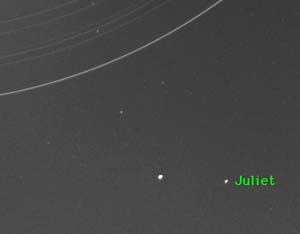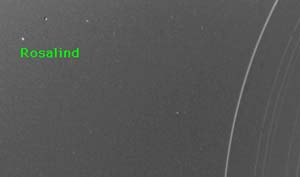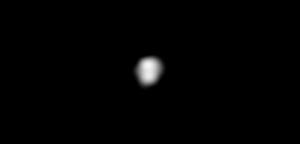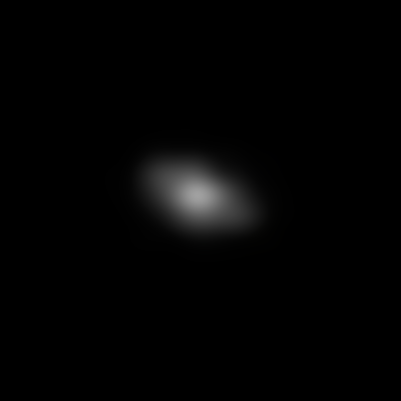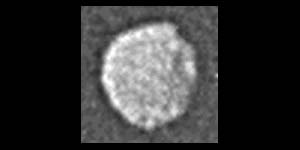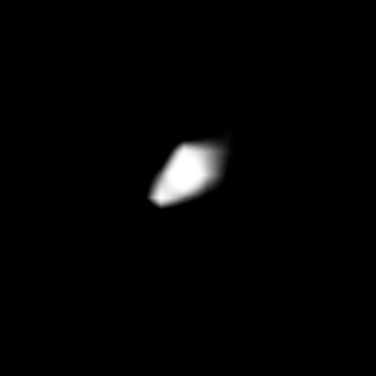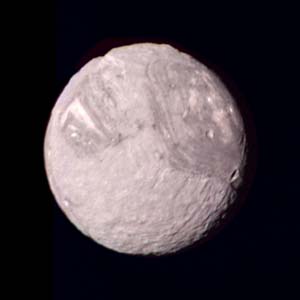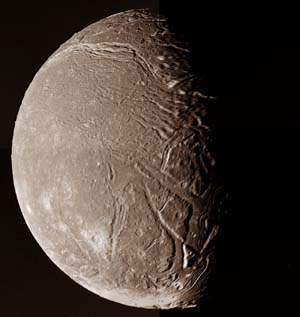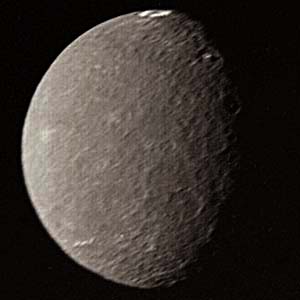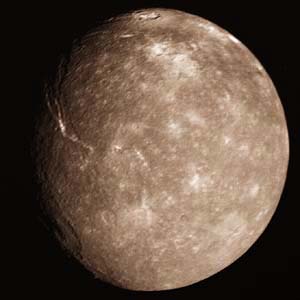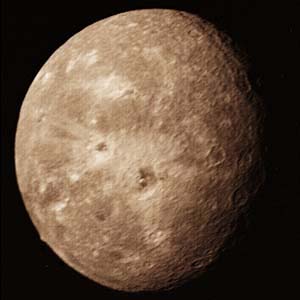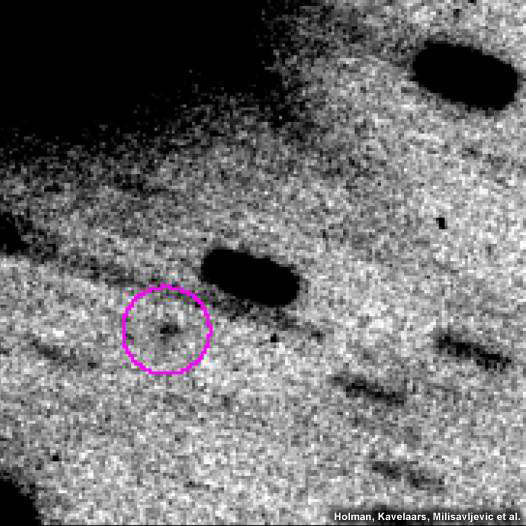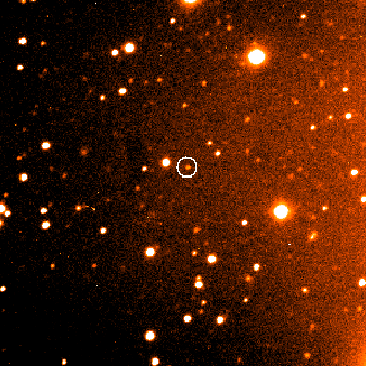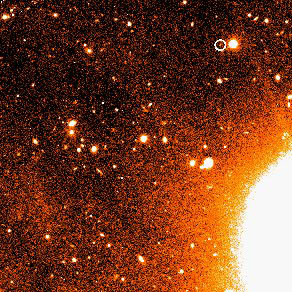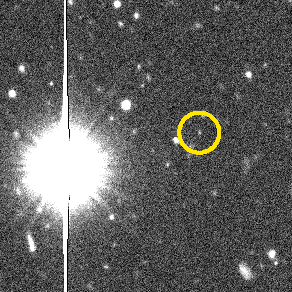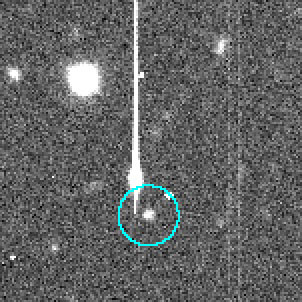18 Oberon
Oberon was named after Oberon, the King of the Fairies in A Midsummer Night's Dream.
It is the outermost of the major moons of the planet Uranus. With a mean radius of about 760 km, Oberon is the second largest moon of Uranus.
Oberon is a moon of Uranus that is characterized by an old, heavily cratered, and icy surface. The surface shows little evidence of internal activity other than some unknown dark material that apparently covers the floors of many craters. The image beside shows several large impact craters towards the center of the image. On the limb, a high mountain rises 6 kilometers (4 miles) above its surroundings. There are bright rays similar to those seen on Jupiter's moon Callisto.
Although its interior make-up is uncertain, one model suggests that Oberon is composed of roughly 50% water ice, 30% silicate rock, and 20% methane-related carbon/nitrogen compounds. It has an old, heavily cratered, and icy surface which shows little evidence of internal activity other than some unknown dark material that apparently covers the floors of many craters. However, some large faults can be seen across the southern hemisphere, which indicates some internal activity early in its life.
| Discovered By |
W. Herschel |
| Date of Discovery |
1787 |
| Average Distance from Uranus |
583,520 km |
| Equatorial Radius |
761.4 km |
| Mass |
3.076 ×1021 kg |
| Rotation Period |
Equal to orbital period |
| Orbit Period (Earth days) |
13.463 |
| Orbital Eccentricity |
0.0014 |
| Orbital Inclination to Ecliptic |
0.058 º |

